
Ask the Automation Pros: What Are Your Thoughts About the Need for and Use of Simulation in Process Control?
Patrick Dixon’s response
How important is simulating a new control approach prior to implementing it?
Very important.
How does one include realistic issues in a simulation?
That is the hard part.
I have many examples of using simulation, but the most recent is the selection of an advanced control platform in my role as VP of Automation for Pulmac. When I joined Pulmac, the challenge was to find a way to use their paper mill fiber and furnish sensor technology for an automated solution. I saw that the application fits the development of virtual online analyzers (VOA) to be used as controlled variables (CV) of final product quality at the reel of a paper machine. The strength of a sheet of paper is measured in many ways (tensile, burst, compression, tear, etc) but no online sensors exist to measure these properties. Without knowing the quality of the raw materials, which are wood fibers, it is unlikely to get usable VOAs of these properties. Once I have VOAs I can trust, I can plug them into a Multivariable Predictive Control (MPC) package as CVs.
We had to build the simulation capabilities necessary to give a realistic test bed for evaluating these platforms. We obviously are not going to conduct this evaluation on a real paper machine; we need to test failure modes and bad conditions that would not be tolerable in a profitable business. Therefore, we developed the following:
A dataset generator that yields a dynamic and realistic dataset for training VOAs. This is an open source, generic tool that can be configured to produce a simulated dataset reflecting relationships such as fiber quality to paper strength properties. This tool was the subject of a paper “Open Source Dataset Generator for Data Analytics” at the TappiCon 2023 conference in Atlanta.
A dynamic digital twin of a paper machine. Logic was configured with function blocks that can implement configurable steady state and dynamic models with noise and disturbances. This allowed us to connect various MPC package through OP UA in the same way it would connect to a real paper machine. We could induce model mismatch and see if the platform would identify the change and produce a matching model. We then evaluate packages and choose one that best fit our needs.
Building simulations that are useful means not only making it behave like the process but also understanding abnormal behavior. Real processes have noise, nonlinearity, disturbances, failures, and dynamics (integrators, deadtime, lags). This requires subject matter expertise of the process and the simulation environment.
I have used simulation in many migrations and advanced control applications. If you don’t test against simulation, you can be in for a rude awaking at commissioning. It is far less costly in terms of economics and mental health to simulate first.
Mark Darby’s response
I think it is helpful to consider the possible challenges behind the new control approach.
Is it a question of testing a different algorithm or feature in a control system that has not been used before?
Here it may be sufficient just to simulate the controller by tying controller outputs to PVs either statically or with lags to test. Either in the control system or an offline (or emulator).
Is it a question of determining the effectiveness of a different control strategy on a given process, i.e., one for which the control engineer does not have experience? Here the question could be more of the process itself than the control system.
A steady-state process simulation could be used to determine sensitivities, gains for desired controlled variables to independent variables (manipulated and/or disturbance), thereby determining if the control pairing is sensible. The impact of static nonlinearity associated with different operating points can be assessed. Simpler, process or engineering models might also be used.
Depending on the complexity of the controls or the process, especially if there are safety challenges, it can make sense to use a dynamic process simulation and connect to the control system. Nonlinearities, both static and dynamic, can be assessed. I’m thinking of the commercial simulators that provide steady-state and dynamic capabilities.
It could be a question of proving a new controller technology before deploying. I’ve been involved with projects where MPC is new to a plant or company and an existing dynamic simulation is available (common with new plants). Here it made sense to tie the MPC to the simulator and develop different scenarios to show the benefits of MPC. Note: such a set-up can be used for operator training. For these situations, it is useful to include sensor noise to make the simulation more realistic.
With more advanced controllers, especially multivariable like MPC, simulation is a necessary step to verify acceptable closed-loop behavior, constraint priorities, and develop initial tuning. Impact of model mismatch can also be studied. Simulation capabilities are often built-in to the product.
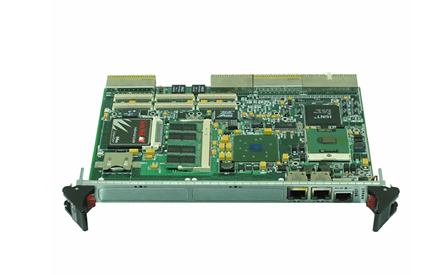
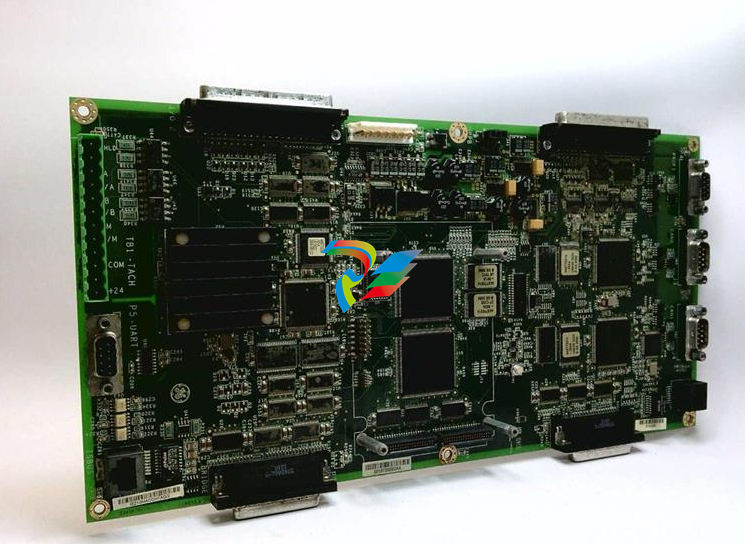


.jpg)

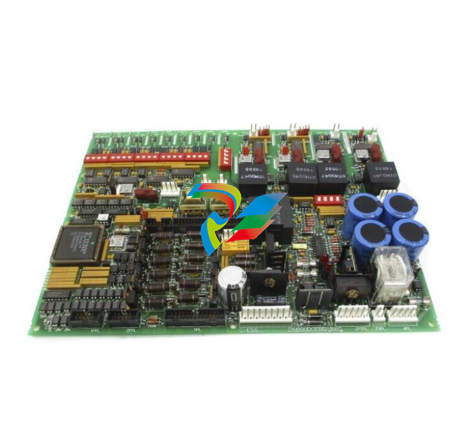

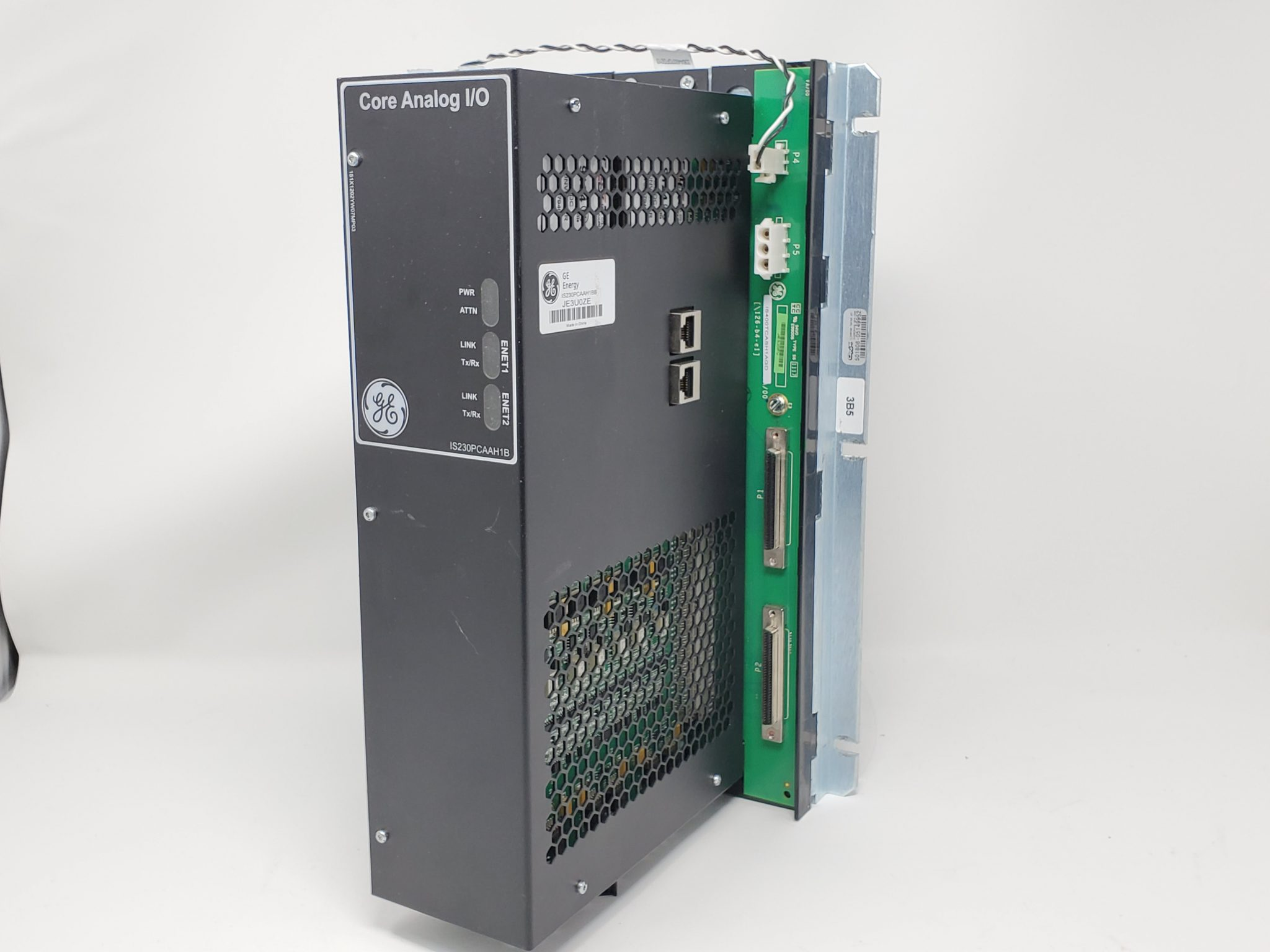

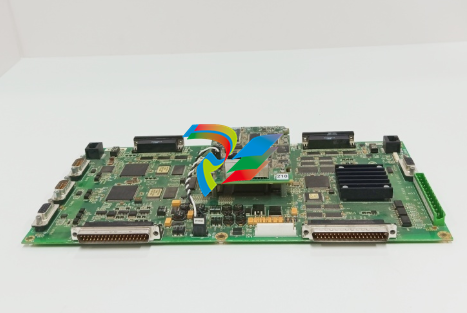
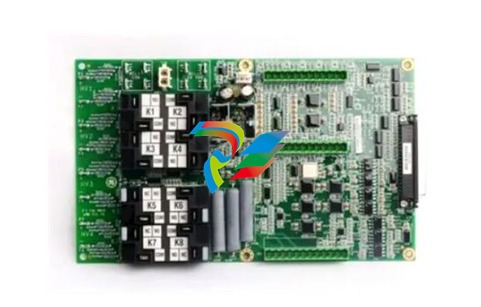
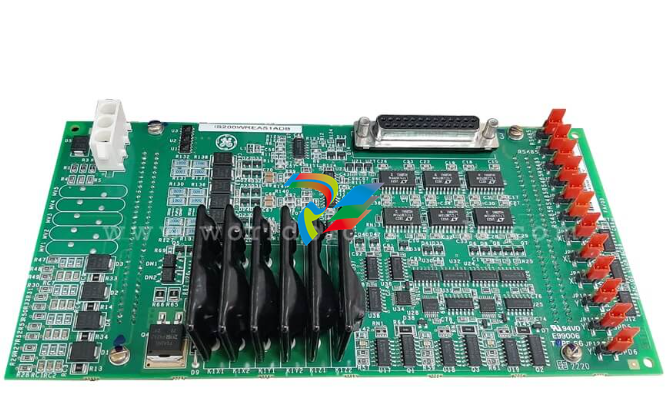
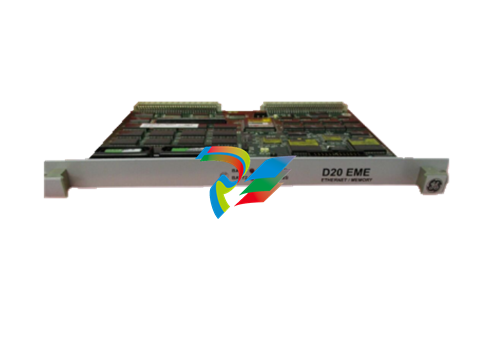
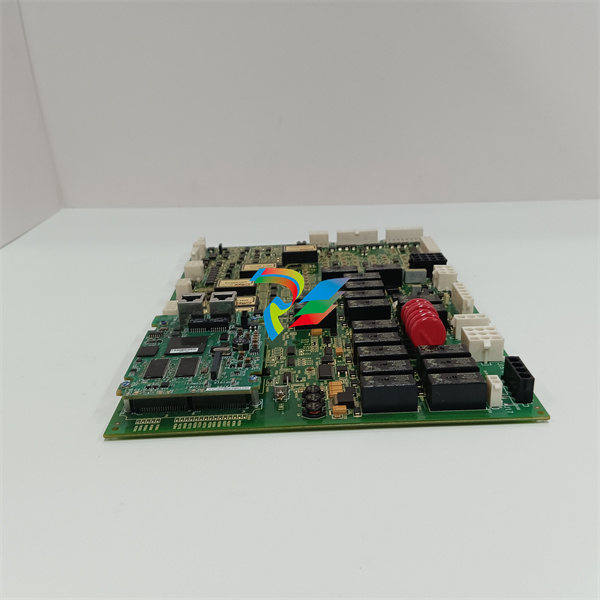
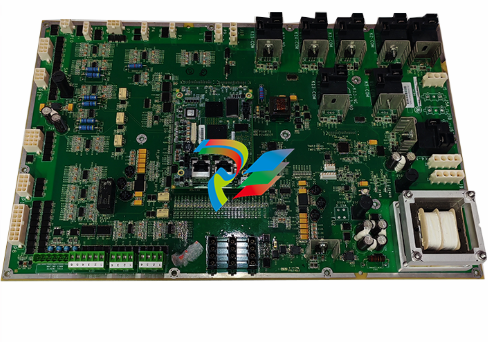
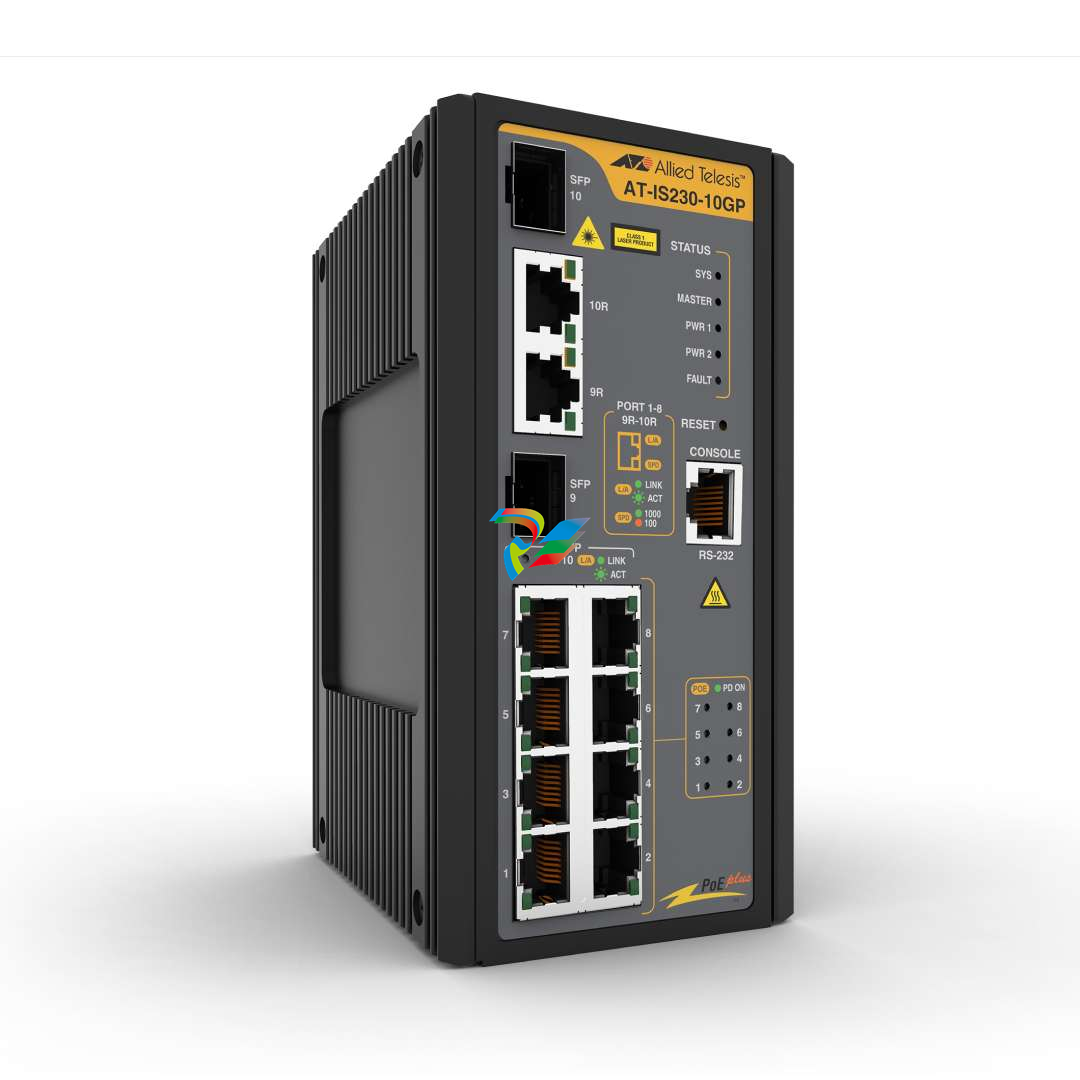
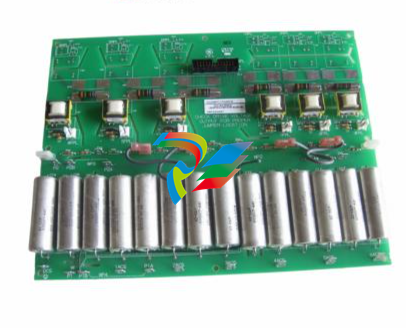

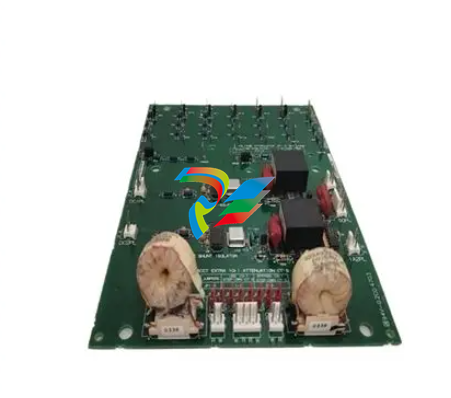

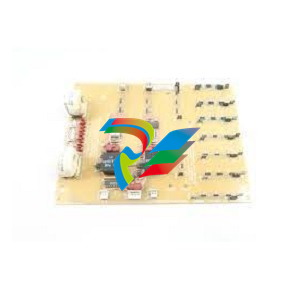

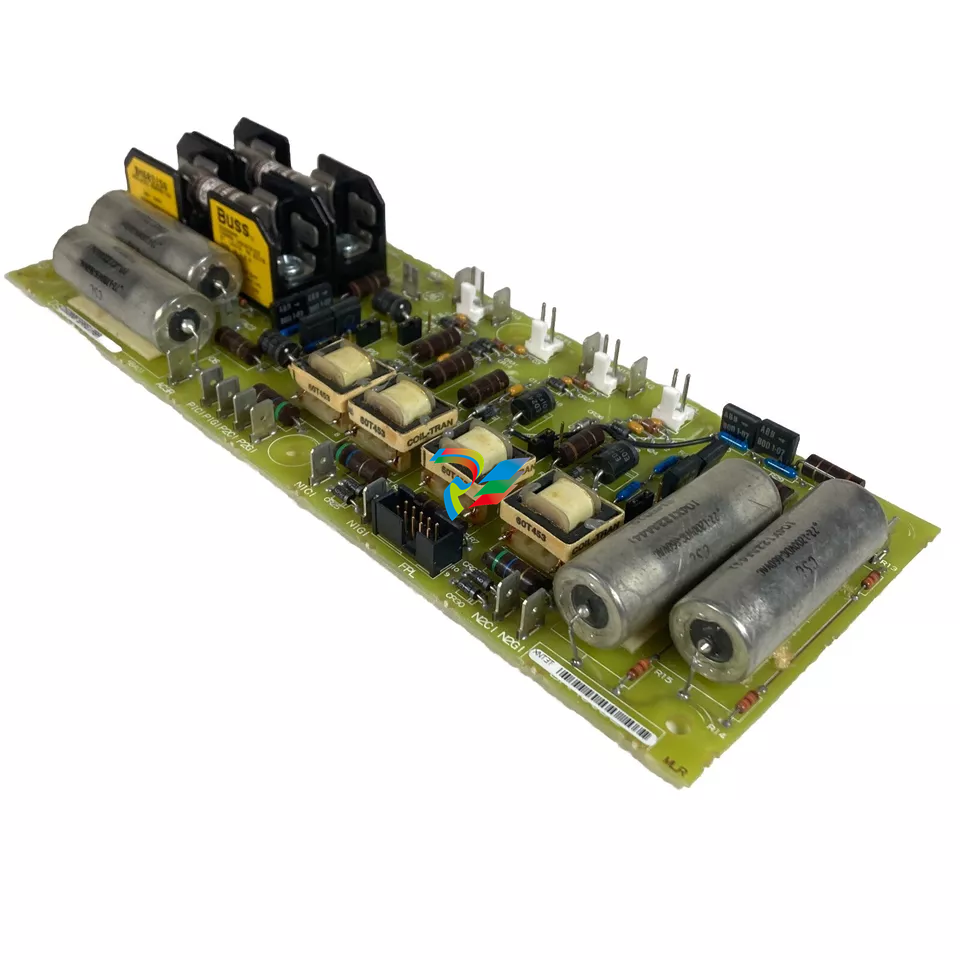
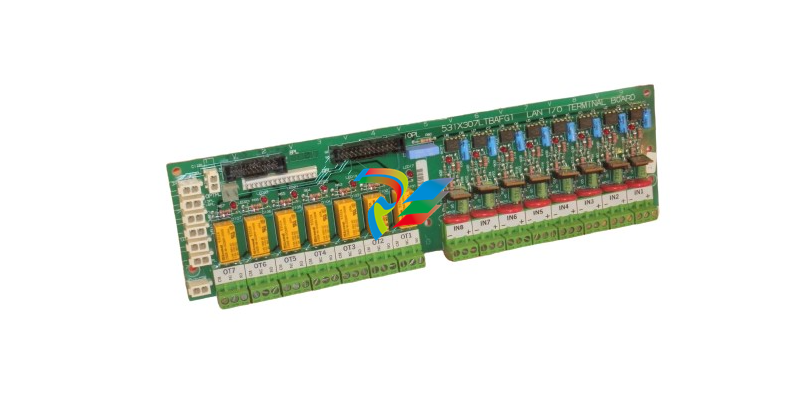



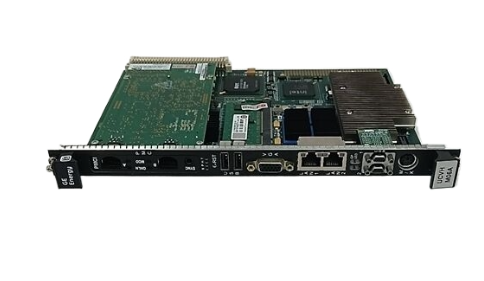
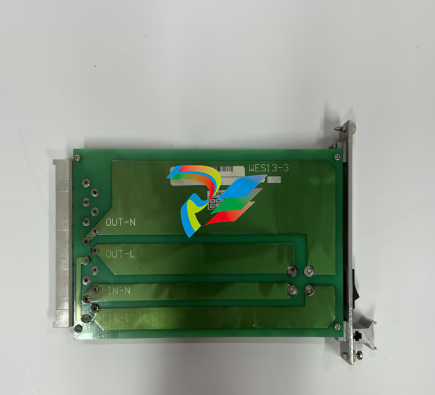

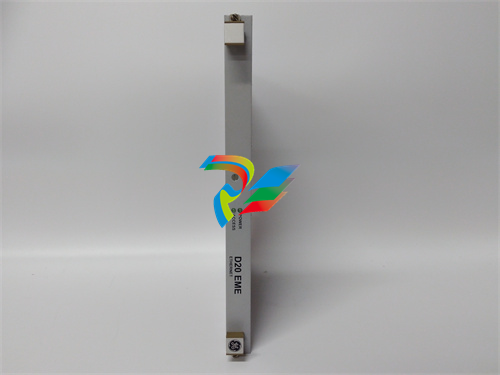
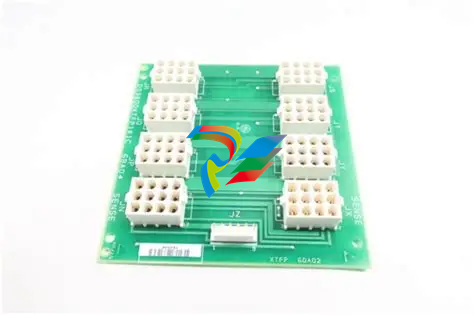







































.jpg)
.jpg)





.jpg)



.png)
.jpg)

.jpg)
_lVjBYb.jpg)

.jpg)
.jpg)



.jpg)
.jpg)







.jpg)

.jpg)
.jpg)








